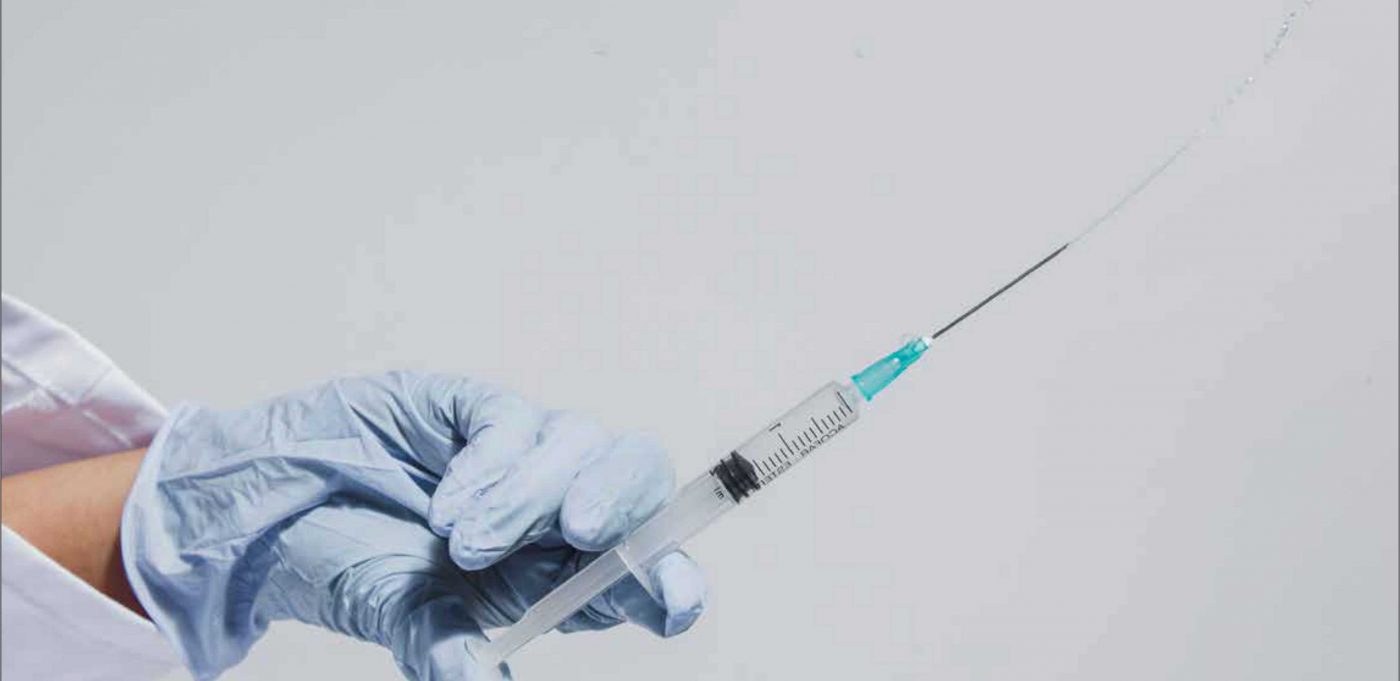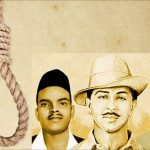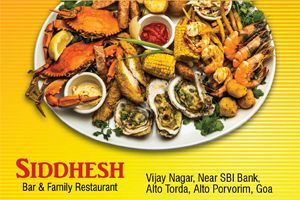NIKHIL JACOB
On that blistering cold, fateful night of November 27 rd 1973, a young and promising nurse of KEM Hospital, Mumbai met her traumatizer. The heinous offence (a controversy on its own), whatever it may be, left Ms. Aruna Shanbaug in a Permanent Vegetative State (PVS) for 42 long years, being force fed mashed food, before she finally left for her heavenly abode in 2015 ailing from severe pneumonia.
Neither did our society allow her to fructify the fundamental right to life enshrined in our constitution, vide article 21; nor did our judiciary permit her the right to die with dignity! Euthanasia has been at the center of attention ever since journalist- activist Pinky Virani filed a writ petition in 2009 asking for the legalisation of ‘mercy killing’. She viewed this as a noble service to the pious soul of Ms. Shanbaug, trapped in her body, seeking deliverance. She was just a drop in the ocean, one of the thousands A Mutual Suffering more who are in a similar condition of irreversible PVS.
Euthanasia is classified as active and passive; voluntary and involuntary. Active euthanasia is defined as death of a patient brought about by deliberately using a lethal substance or force, while passive is withdrawing or discontinuing medical support necessary for prolongation of life of a patient. Voluntary euthanasia is when the patient provides consent for this act, be it active or passive, through a living will or otherwise and involuntary euthanasia is carried out on the direction of the surrogate or discretion of the doctor, when the patient is unable to make an informed decision.
Euthanasia is a debatable topic, with regards to religion as well as before the law and a deliema for doctors. The purpose of this article is niether to rationalise nor ridicule the act but to analyze the views of major religions, address this dilemma of the medical practitioner who pulls the plug and ponder over the Supreme Court decision of legalising passive euthanasia. In Catholic theology, life is sacred but not absolute, death may not be directly sought, but as an acceptance of human condition, death maybe tolerated as an inevitabile side effect of one’s goal of relieving someone from unwanted suffering of extraordinary treatment that may be expensive and painful, yet not fruitful. But this may very well be just one side of the argument, orthodox beliefs may see this as a violation of the commandment that ‘thou shall not kill’.
Hinduism has a divided approach, one faction considers mercy killing as an act
that may damage the ‘karma’ of both the
doctor as well as the patient. It also goes
against the principle of ‘Ahimsa’. While the
other faction believes that euthanasia is a
good deed, where the moral obligation of
providing relief from suffering is fulfilled.
Muslim faith considers that all human
life is sacred and Allah decides how long
each one will live. Active euthanasia
is a ‘haram’, while any mechanical
support used to prolong a patient’s life is
considered temporary and hence if death
is certain, one may opt to pull the plug. But
akin to the other faiths, arguments against
all forms of euthanasia do exist here too.
A doctor has two General
responsibilities, to preserve life and to
alleviate suffering. Situations where these
two seem to be in conflict is the greatest
dilemma for a doctor. While alleviating
suffering is of the paramount importance,
preserving life becomes pointless in a
terminally ill patient. It simply doesn’t add
to active euthanasia, as ethics demand
that the doctor achieves this purpose with
minimal risk to the patient’s life.
This deliema is put to rest with the
Supreme court, this month, validating its
2011 verdict permitting passive Euthanasia
and providing legal status to a living will.
While it does assist the doctor to make
a conscious and fearless decision, it also
places great onus on the doctor who has
to validate a living will for authenticity.
This may become a field of abuse.
Stringent norms and conditions have to
be legislated to monitor the practice of
passive euthanasia, such that the provision
is not opted to fulfil unethical and criminal
intentions.
All the religions preach and teach
indentical thoughts and all doctors are
guided by identical medical ethics and
etiquettes. The final distinction is the
moral difference between killing by
deliberate action and letting somone die
by deliberate inaction. The suffering of
the patient wanting to end it for good, the
sorrow of the relatives not wanting to let
go and the pain of the doctor wanting to
pull the plug, are all mutual.
“Thou shalt not kill but needst not
strive, officiously, to keep alive.” – English
poet and devoted assistant of Florence
Nightingale, Mr. Arthur Hugh Clough.



























